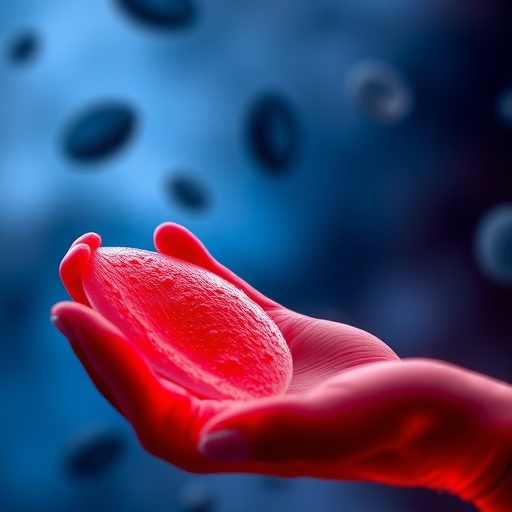Following a case of poisoning caused by a potato dish, the German Federal Institute for Risk Assessment is reminding people about the correct handling of potatoes. Glycoalkaloids, of which solanine is an important derivative, are natural ingredients of the potato, but the ingestion of higher amounts of glycoalkaloids can lead to poisoning in humans.
"Although only a few cases of poisoning caused by potato dishes have been reported and documented in the last 100 years, green and strongly germinating potatoes should not be consumed in order to avoid health risks" says BfR President Professor Dr. Dr. Andreas Hensel. Based on the latest level of available knowledge, the BfR has derived a provisional NOAEL (No Observed Adverse Effect Level) of 0.5 milligrams (mg) of glycoalkaloids per kilogram (kg) body weight and day. This equates to the highest dose at which no undesired health effects were observed. To avoid an exceedance of the NOAEL, the glycoalkaloid content in table potatoes should be no higher than 100 mg per kg fresh weight. Up to now, potatoes with a glycoalkaloid content of up to 200 mg per kg have generally been considered safe.
Link to opinion (in German): http://www.bfr.bund.de/cm/343/speisekartoffeln-sollten-niedrige-gehalte-an-glykoalkaloiden-solanin-enthalten.pdf PDF-File (167.1 KB)
- To keep intake of glycoalkaloids as low as possible, the BfR is issuing a reminder on the following standard recommendations relating to the storage and preparation of potatoes:
- Potatoes should be stored at a cool, dark and dry place
- Old, dried up, green or strongly germinating potatoes, as well as potato peels as snacks consisting mainly of potato peelings, are not suitable for consumption
- Green parts and so-called "eyes" should be generously removed from potatoes
- If consumers want to eat the skin along with the potato, only undamaged, fresh potatoes are fundamentally suited for this purpose
- Potato dishes should not be eaten if they have a bitter taste
- Small children in particular should not eat unpeeled potatoes
- Consumers should not reuse the water in which potatoes have been boiled
- Deep-frying fat for potato products should be replaced regularly
Glycoalkaloids are naturally occurring ingredients in plants of the nightshade family, such as potatoes. They are enriched in particular in green, germinating and damaged potatoes and in potato peel. In potatoes, tα-solanine and α-chaconine are the dominating glycoalkaloid derivatives. They help the plant to ward off pests and germs. In humans, cases of minor poisoning cause symptoms such as nausea, stomach-ache, vomiting and diarrhoea, sometimes accompanied by fever. In severe cases, impairment of consciousness and very rarely complete loss of consciousness can occur, along with disturbances in brain function, breathing and in the cardiovascular system. A few cases of deadly poisonings have been reported in literature, but no deaths through glycoalkaloid poisoning have been reported in the last 50 years. Furthermore, only a few cases of poisoning have been reported and documented overall in the last 100 years. However, due to the non-specific symptoms, especially in the case of less severe poisoning, the actual number could be considerably higher.
Following a case of poisoning that was observed in a family in November 2015 after consumption of a potato dish containing high levels of glycoalkaloids, the BfR assessed the risk possibly related to the ingestion of glycoalkaloids via table potatoes.The BfR derived a NOAEL (No Observed Adverse Effect Level – the highest dose at which no undesired health effects were observed) of 0.5 mg per kg body weight and day. To avoid an exceedance of the NOAEL wherever possible, the glycoalkaloid content in table potatoes should be no higher than 100 mg per kg fresh weight. In view of the current incomplete data, these recommendations should be regarded as provisional. To improve the data with regard to existing glycoalkaloid levels in commercially available table potatoes, the BfR has proposed that examinations of the glycoalkaloid levels in potatoes should be conducted (food monitoring).
###
About the BfR
The German Federal Institute for Risk Assessment (BfR) is a scientifically independent institution within the portfolio of the Federal Ministry of Food and Agriculture (BMEL) in Germany. It advises the Federal Government and Federal Laender on questions of food, chemical and product safety. The BfR conducts its own research on topics that are closely linked to its assessment tasks.
This text version is a translation of the original German text which is the only legally binding version.
Media Contact
Suzan Fiack
[email protected]
49-301-841-24300
@bfren
http://www.bfr.bund.de/en/home.html
http://www.bfr.bund.de/en/press_information/2018/15/solanine_in_potatoes__green_and_strongly_germinating_potato_tubers_should_be_sorted_out-204286.html
Related Journal Article
http://dx.doi.org/10.17590/20180423-085250




